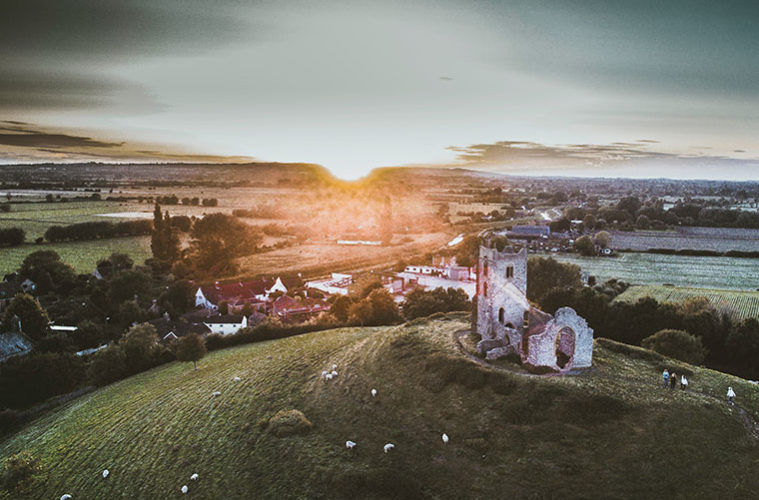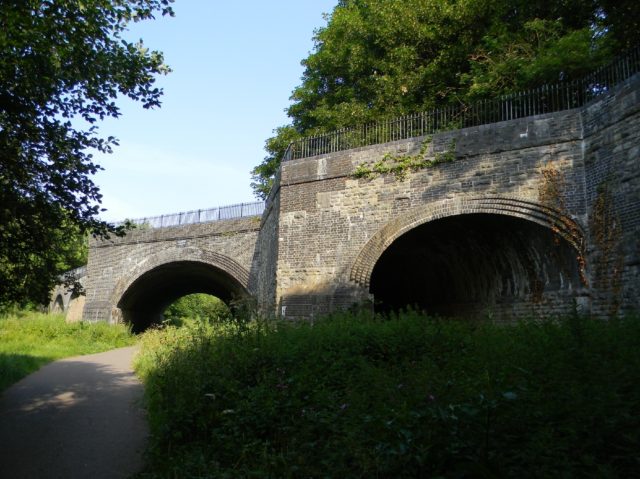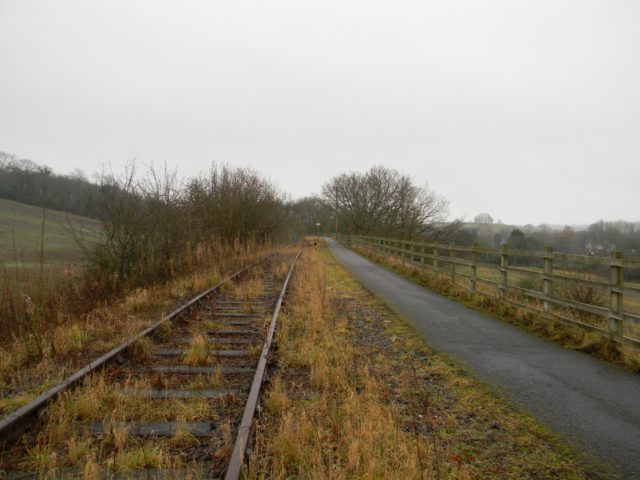Britain’s mining heyday has long been and gone and is mostly associated with the scarred landscape of the Midlands’ Black Country, the veins in the narrow valleys of Wales and cold, coal faces of northern England. Somerset meanwhile, at the very heart of the West Country, also has a surprisingly vast mining history, mainly of coal but also quarrying distinctive stone that makes up some of the south’s stunning rural architecture.
Today, most people think of Somerset as the centre of rustic, traditional agriculture, with the vast Levels hosting cattle farming and the resulting Cheddar cheese and rows of apple trees lining the productive cider orchards. In the ceremonial county’s northern reaches however, a prolific mining industry once had a hold of the land and even now, walking the comprehensive network of footpaths and cycle routes, some of this historic activity can be appreciated.
Only a few miles south of Bath’s glorious Georgian architecture, the signs of underground exploitation can be seen. Beneath the surface of Combe Down and in the villages of Monkton Combe and Claverton, Bath stone was excavated to help construct the uniform appearance of the former Roman Spa town thanks to the efforts of local philanthropist Ralph Allen. Whilst the area now consists mainly of gentrified commuter settlements, the colour of some of the area’s older buildings bare the distinctive, muted, cream tinge of the local building material, which in turn earned Allen a small fortune.
From here, the advent of the Victorian railway network ensured a connection to the Somerset Coalfield, which lies further west along the Cam Valley. Radstock, now almost entirely merged with nearby Midsomer Norton, was once a huge exporter of coal, shifting over 1 million tons of the fuel per year at the end of the 19th century. Around the town, relics of the industry lie in the forms of art features, such as the old winding wheel at the Radstock Museum and the beautifully derelict railway lines now serving hikers, cyclists and dog walkers as part of the National Cycle Network. A prominent reminder also lies in the form of the spoil heap which can be seen on approaching the town from almost any direction.
Such was the extent of coal mining in the area, that even the smallest communities were changed, created and influenced by the trade. Villages such as Camerton and Paulton, now serving as the residence for Bristol and Bath commuters, were once thriving with employees of labour-intensive exploitation of the local land. Again, the now-barren railway lines serve as fantastic walking opportunities and highlight the sheer scale of operation by the way they intertwine with one another across an otherwise natural landscape.
Even with the Beeching Axe and decline of the mining industry, some branch lines still serve to export some of Somerset’s valuable underground resources. Quarries at Gurney Slade and Whatley consist of almost constant activity, with the latter still linked to the national rail network via a lesser-known freight line west of Frome. Walking the footpaths around Great Elm distinguishes the decaying structures of past industry from the today’s infrastructure for the present.
Between these pockets of coal and stone-based work, typical elements of the Somerset way still rear their head. Bespoke, artisan dealers still sit in the streets of Chewton Mendip and Shepton Mallet and amongst the deep excavations of the present day quarries, livestock graze the rich grass. Exploring this aspect of the county’s past makes clear the importance of the area for the south, exporting a huge variety of produce to the capital and beyond, in the form of food, drink, construction material and fuel. This, combined with the holistic and mystical qualities of the towns further south, make threading between each settlement on foot or otherwise bring a much better understanding of Somerset’s endless charm.





